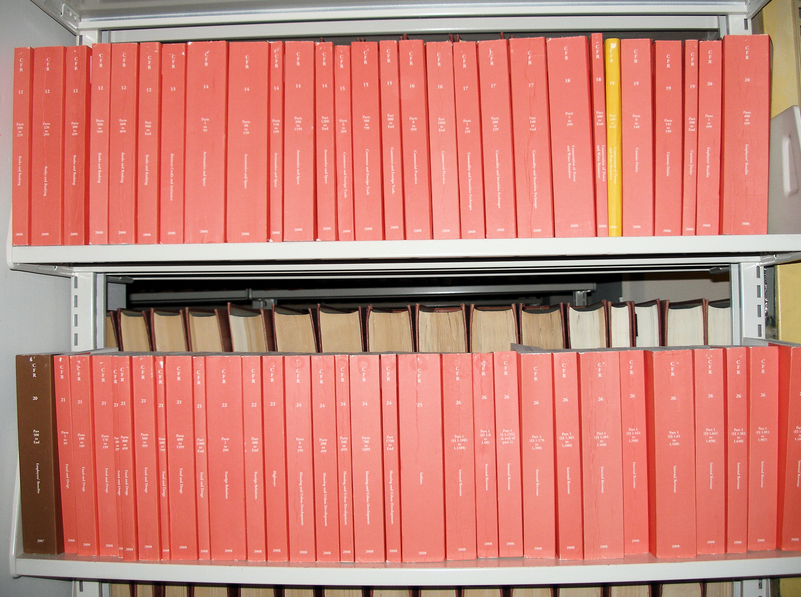The Double Standard of Drone Regulations
“… the FAA is actually focusing its regulation on the wrong group.” Ben Popper
A recent tweet by Sally French of MarketWatch (@TheDroneGirl) led me to Ben Popper’s 13Nov2014 article on The Verge: “I almost killed someone with a drone – That should be illegal, but it’s not”. In the article, Popper describes an incident where his drone accidentally got away from him, ended up on the other side of a house, and crashed very near a mother and her young child.
Popper notes that while commercial drone operations are illegal in the U.S. (other than through an exemption process), the flight he conducted as a recreational hobbyist is perfectly legal. Popper then observes:
“Companies typically need to carry liability insurance on the machinery they operate. A bad crash would be terrible for a brand, something that will make them more conservative about flights. The people with the least to lose are the casual hobbyist like me.” [BTW: some countries, such as France, specifically require commercial drone operators to carry insurance …]
This past February, the FAA issued a notice of proposed rulemaking (NPRM) for regulating the commercial operation of small unmanned aerial systems (sUAS). The FAA proposal includes the requirement that a sUAS operator would have to “pass an aeronautical knowledge test and obtain an FAA UAS operator certificate.” In other words, the operator would have to have a license in order to operate a drone for commercial purposes. Few would dispute that this is a reasonable requirement. However, the double standard exists in that there is no such requirement for recreational hobbyists.
This stands in stark contrast to the operation of automobiles. There is a procedure in each state to obtain a driver’s license but there is a separate, and more rigorous, process to obtain a commercial driver’s license. In the wild, wild west of drone operation, however, there is no analogous license for non-commercial operators. This is a classic case of the camel’s nose in the tent. Prior to the advent of multi-rotor platforms, model airplanes and helicopters required significant amounts of training to fly (see my vlog). Safe operation was an inherent part of the training. The FAA ‘requirements’ on model aircraft operation consisted of advisory circular AC91-57, issued on 09Jun1981 that described a voluntary set of standards. The standards were very simple: don’t fly close to populated areas, don’t fly around spectators until the aircraft (that you HAD to build yourself!!) has been tested, don’t fly higher than 400 feet above the ground or within 3 miles of an airport (without explicit permission and notice) and give way to all manned aircraft. Again, these simple standards worked well for a few decades because modelers were, by and large, a very safety-conscious group.
When multi-rotors came on to the market, the FAA treated them as just another model aircraft and essentially left them alone. To be fair to the FAA, it was not obvious that the hobby drone industry was going to grow exponentially. Furthermore, some hobby drones fit in the palm of your hand and couldn’t do much more than give you a minor cut even if you tried hard to hurt yourself or someone else. However, drones that weigh several pounds, are a sizable fraction of a meter in size, and can move in speeds exceeding 20 mph, certainly do have the potential to cause harm. The camel’s nose (and the WHOLE rest of the camel) is now in the tent. The media has recently reported that the FAA estimates 1 million hobby drones will be given as gifts in the upcoming holiday season. The FAA is now officially worried about that number of drones in the hands of untrained operators.
The aforementioned advisory circular was recently updated (AC91-57A). However, the update does little more than provide additional specifics on areas in which model aircraft must not be flown (e.g., Washington DC) and notify the public that the FAA can take enforcement action against reckless operators. The FAA most certainly is not requiring even a modicum of training or licensing. The advisory circular states that the aircraft is to be operated “… in accordance with a community-based set of safety guidelines and within the programming of a nationwide community-based organization (CBO).” That was fine back in the day when virtually every model aircraft enthusiast was also a member of the Academy of Model Aeronautics (the de facto nationwide CBO) and followed their safety code. However, it’s a fairly safe bet that 99.9% of the folks finding drones under the tree this year won’t know the Academy of Model Aeronautics exists.
We thus have a double standard which is doubly infuriating. The many and varied economic and social benefits of responsible commercial drone operation are waiting to be realized (the NPRM is not expected to become official regulation for another year at least) at the same time that no action is being taken to require training and licensing of recreational operators of non-micro drones.

